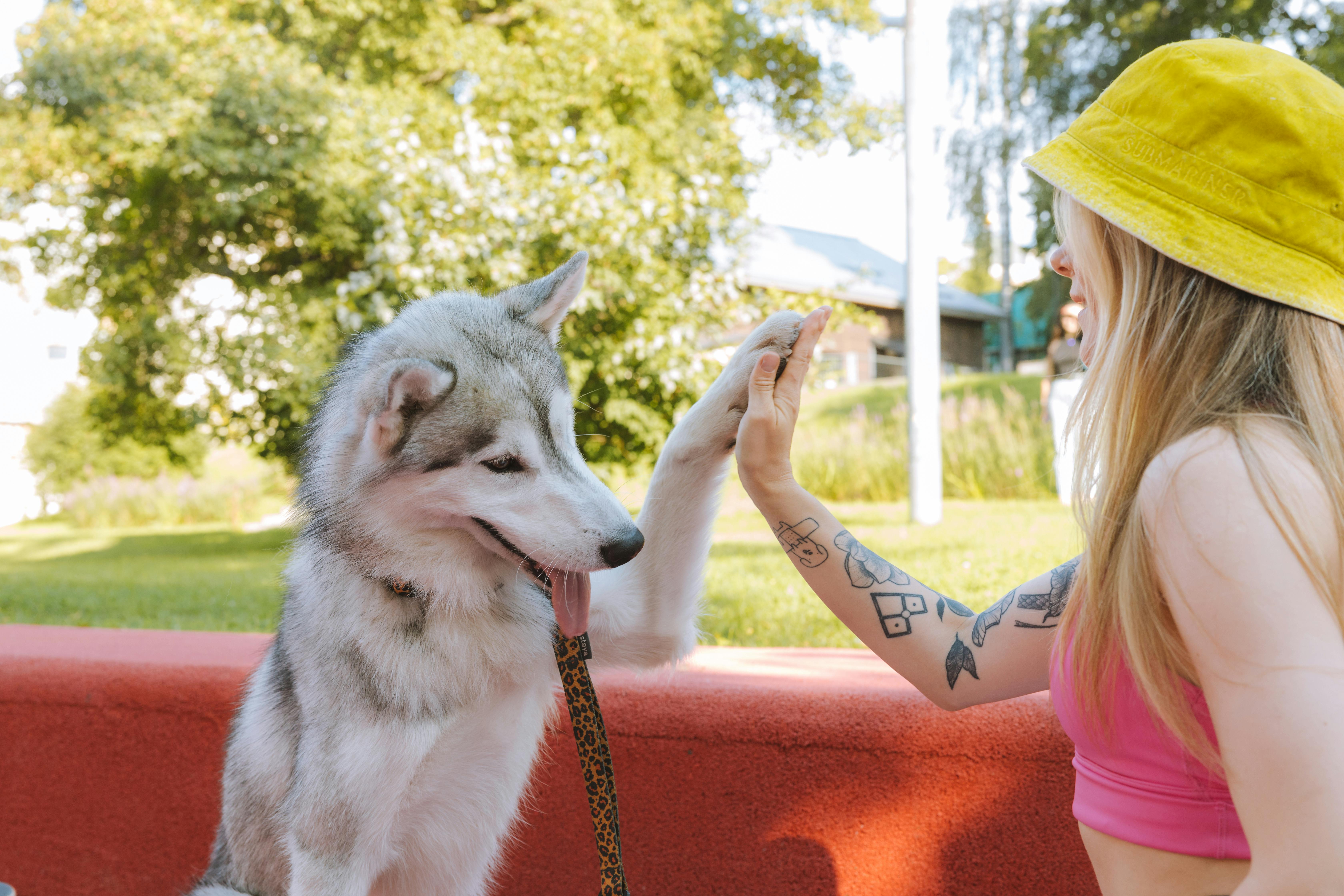Mastering Dog Training Arm Sleeves: Techniques & Tips
Dog training arm sleeves are essential tools in bite training, helping handlers train working dogs safely and effectively. With the rise in professional dog handling, from police K9s to sport competitions, knowing how to use an arm sleeve properly is more important than ever. This guide covers everything from foundational principles to advanced techniques, giving you the confidence and knowledge to elevate your training program.

Understanding the Fundamentals
The dog training arm sleeve is a protective gear designed to shield trainers during bite exercises. It’s not just about safety—this tool shapes how dogs learn grip control, focus, and obedience under stress. Over decades, arm sleeves have evolved in design, becoming more ergonomic, durable, and tailored for specific breeds and training styles.
By grasping the basics of how these sleeves function and the training philosophy behind them, you lay a foundation for more advanced, targeted techniques. Think of it like teaching a student to use a pencil correctly before writing a novel—it’s that fundamental.
1.1 Purpose of the Dog Training Arm Sleeve
Dog training arm sleeves are engineered to simulate real bite scenarios while protecting the trainer’s arm from injury. Typically constructed from jute, leather, or synthetic fibers, they are reinforced to absorb force while encouraging dogs to target specific zones. For example, police K9s are trained using hard sleeves to develop full-mouth grips under pressure.
Using a dog training arm sleeve reinforces consistency and builds the dog’s confidence. However, it’s a mistake to assume the sleeve is only about safety—it’s also a precision tool for teaching targeting and engagement.
1.2 Types of Sleeves and Their Roles
There are several types of dog training arm sleeves: soft sleeves for puppies, intermediate sleeves for adolescents, and hard sleeves for adult or professional dogs. Each plays a unique role in the training timeline and has specific features that match developmental needs.
For instance, a sleeve used in Schutzhund sport training differs in size, padding, and flexibility from a police K9 sleeve. Choosing the wrong sleeve can hinder training progress or confuse the dog about the correct behavior.
Practical Implementation Guide
Now that you understand the fundamentals, it’s time to apply that knowledge in training sessions. Whether you’re training a family protection dog or a competitive sport dog, the right methodology can make or break your results. Expect progress over weeks—not overnight.

2.1 Actionable Steps
- Preparation: Ensure your sleeve matches the dog’s age and bite strength. Use gloves and protective clothing as needed.
- Engagement: Begin with basic commands and reward-driven games. Introduce the sleeve gradually while keeping sessions short.
- Reinforcement: Track milestones such as bite accuracy, grip duration, and control under distractions over a 4–6 week timeline.
2.2 Overcoming Challenges
Common challenges include:
- Dogs biting too high or low on the sleeve
- Lack of motivation or engagement
- Handler inexperience leading to inconsistent cues
To counter these issues, always work with a training partner or coach. Use video feedback to refine your technique and prioritize short, high-reward sessions. Never push a dog to perform under fear or fatigue.
Advanced Applications
Once your dog is reliable in basic sleeve work, it’s time to explore advanced applications like scenario training, hidden sleeve drills, and multi-handler exercises. These are ideal for working dogs, sport competitors, and protection training scenarios.

3.1 Scenario-Based Training
This technique involves real-world setups such as car extractions, building searches, or crowd control. Dogs learn to stay focused despite distractions or decoys. Case studies show that dogs trained with realistic simulations have a 30% higher success rate in field tasks.
3.2 Combining Equipment for Total Control
Advanced handlers often integrate the arm sleeve with muzzles, back ties, or bite suits. Compatibility is crucial: the sleeve must work in sync with your leash systems and harness setups. Multi-tool training prepares dogs for unpredictable field conditions while ensuring safety and control.
Future Outlook
Emerging trends in bite training include sensor-embedded sleeves that record bite pressure and duration. The integration of AI for feedback and analysis is also becoming mainstream, especially in competitive sport circles and military K9 units.
In the next 3–5 years, expect to see more customization options, lighter materials, and hybrid sleeves that combine durability with data tracking. Stay ahead by investing in adaptable gear and continuous education.
Conclusion
Three key takeaways: First, dog training arm sleeves are more than protection—they’re behavior-shaping tools. Second, proper application ensures long-term training success. Third, advanced tools and techniques are shaping the future of canine performance.
If you’re serious about training, start with the right equipment and learn to use it effectively. Begin today with purpose and patience—your future working dog depends on it.
Frequently Asked Questions
- Q: What is a dog training arm sleeve used for? It’s used to train bite accuracy and control in dogs while protecting the handler’s arm.
- Q: How do I begin using a training sleeve? Start by introducing the sleeve during play sessions, then progress to structured bite exercises with commands.
- Q: How long does sleeve training take? Basic control may develop within 4–6 weeks, but full obedience and grip development can take months depending on consistency.
- Q: Are arm sleeves expensive? Prices range from $40 for basic sleeves to $200+ for professional-grade gear. Cost varies by material, padding, and brand.
- Q: How does sleeve training compare to bite suits? Sleeves are for targeted training; suits offer full-body protection for complex drills. Each has unique benefits.
- Q: Is dog sleeve training hard to learn? With proper guidance, most handlers can learn basics within a few sessions. Advanced techniques require more time and skill.
- Q: Can this be used for security or military dogs? Absolutely. Sleeve training is foundational for police, military, and private protection dogs with specific real-world scenarios in mind.
